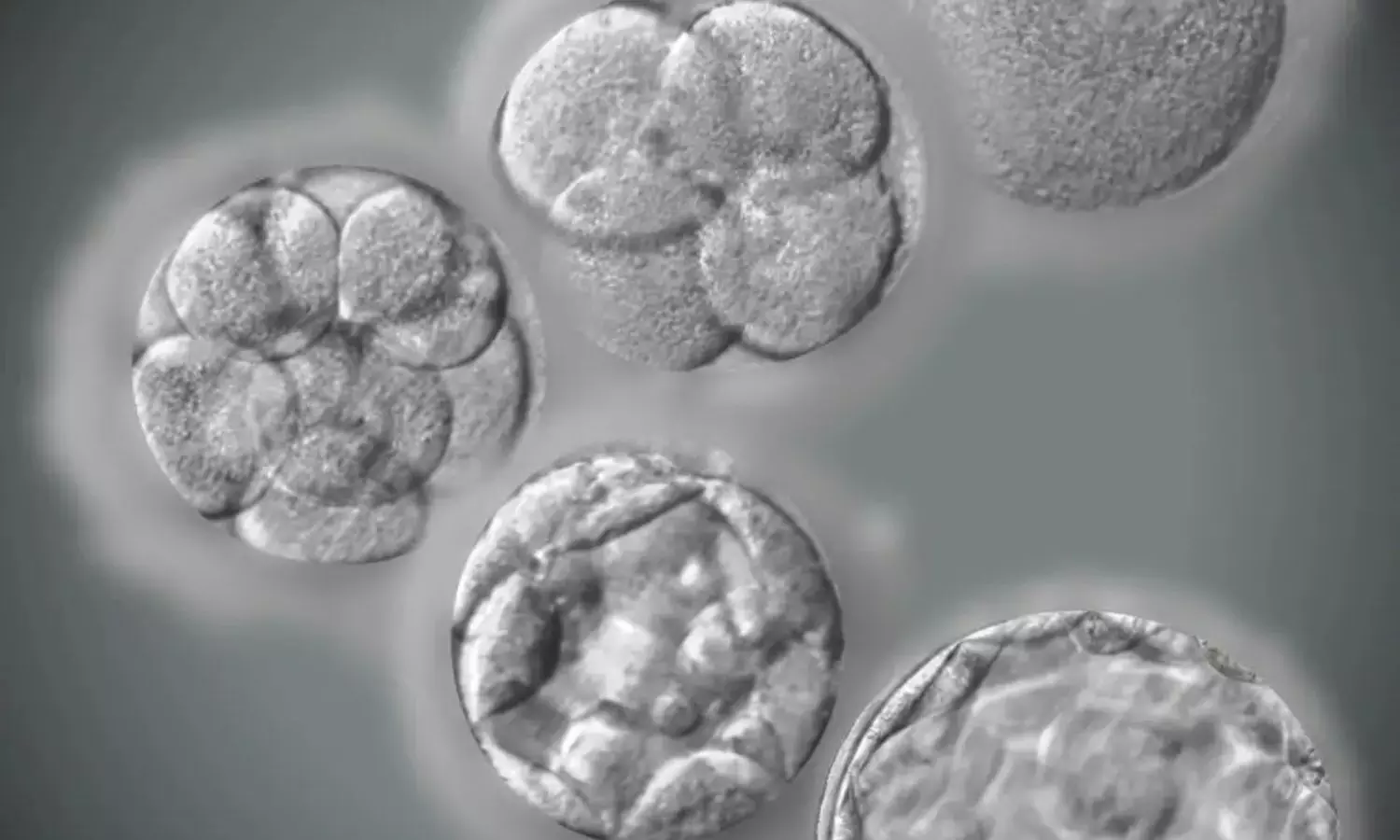Melatonin potential and important therapeutic agent for treating and preventing OHSS

Infertility is defined as the inability to be pregnant
within one year of unprotected intercourse. It has become not only a medical
concern but9 also a social issue with increasing prevalence in both developed
and developing countries. In vitro fertilization (IVF) is wildly accepted over
the past 35 years as an effective treatment for infertility during which
controlled ovarian stimulation (COH) is almost always employed to retrieve more
oocytes. Although COH might improve IVF outcome, it also increases the risk of
an iatrogenic complication: ovarian hyperstimulation syndrome (OHSS). Further OHSS is
not uncommon.
The true incidence of OHSS is probably much underestimated
since the symptoms of mild OHSS are easy to be ignored. The symptoms of OHSS in
its mild form can be untypical such as nausea and vomiting; however, moderate
and severe OHSS may result in oliguria, hydrothorax, ascites, hepatorenal
failure, acute respiratory distress syndrome, hemorrhage from ovarian rupture,
thromboembolism, and ultimately, even death. Although OHSS increases the
physical, psychological, and economic burden of the patients and their
families, its pathogenesis is not completely understood and no specific therapy
is available for this syndrome. Therefore, prevention of OHSS becomes a crucial
issue since its treatment is largely tamping down symptoms, rather than
addressing causes. So far, several strategies including cycle cancellation,
coasting, in vitro oocyte maturation have been used in practice to prevent
OHSS.
The precise cause of OHSS remains currently the subject of
controversy. Nevertheless, high estradiol levels in the presence of human
chorionic gonadotropin (hCG) increase the vascular endothelium permeability,
leading to a massive shift of intravascular fluid into the third space. There
are also evidences that during the pathogenesis of this iatrogenic
complication, large amounts of angiotensin II, vascular endothelial growth
factor (VEGF), interleukins (ILs), nitric oxide (NO), tumor necrosis factor-a
(TNF-a), and other molecules are excessively produced, causing the
overproduction of reactive oxygen species (ROS) which results in oxidant-antioxidant
imbalance. The vascular endothelium is then deteriorated by these imbalanced
free radicals that cannot be antagonized by free radical scavengers;
consequently, high vascular permeability occurs and finally results in the
aggravation of OHSS.
Melatonin is mainly secreted by pineal glands in human
beings and is regulated by circadian rhythms. However, higher levels of
melatonin are found in human follicular fluid than in plasma because melatonin
is not only derived from the general circulation but also synthesized in the
ovary (mainly by the granulosa cells). Melatonin has a significant impact on
female reproduction. It is considered essential for folliculogenesis, steroid
production. There are also evidences that melatonin takes part in the control
of pubertal onset, ovulation, sexual maturation and pregnancy protection.
Melatonin as well as its metabolites has been proved to be a powerful radical
scavenger. It reduces ROS levels in the ovary through receptor dependent and
independent pathways. Recently, more and more attention has been paid to the
importance of melatonin in female reproduction.
Sestrins are highly conserved and stress-inducible metabolic
regulators which are ubiquitously expressed at different levels in all adult tissues.
The physiological functions of sestrins have not been fully elucidated yet. Sestrin-2
(SESN2) belongs to the sestrins family and functions as a suppressor of ROS
accumulation as well as a neuroprotector. The overexpression of SESN2 reduces
ROS levels whereas SESN2 knockdown in cultured cells or mice increases ROS
content. Moreover, any condition that leads to ROS accumulation induces SESN2
expression. Therefore, the increased ROS levels in OHSS may increase the
expression of SESN2. Since OHSS is closely associated with the excessive
production of ROS and melatonin is supposed to be a powerful radical scavenger,
the objective of this study was to investigate whether SESN2 are induced in
OHSS and whether melatonin can alleviate oxidative stress in OHSS as well as
the potential role of SESN2 in OHSS.
Authors collected the granulosa cells of OHSS patients and
focused on the role of SESN2 in OHSS. They also studied the role and mechanism
of melatonin plays in OHSS patients. They found that the expression of SESN2
was increased in the granulosa cells of OHSS patients (n = 24) than those in controls (n = 15). Incubation with
angiotensin II (1 μM, 2 μM) in HUVECs and H2O2 (0.1 mM, 0.2 mM) in KGNs
increased the generation of ROS concurrent with the increased expression of
SESN2, while melatonin treatment partly restored SESN2 levels. The mechanism
study demonstrated that SESN2 was deeply involved in the regulation of AMPK and
mTOR, whereas melatonin partially restored angiotensin II or H2O2 induced the
activation of AMPK phosphorylation and the inhibition of mTOR, 4EBP1 and S6K1
phosphorylation, all of which could trigger cell apoptosis.
In this study, authors demonstrated that SESN2 level was
increased in the granulosa cells of OHSS patients and was involved in the
oxidative stress of OHSS by regulating the apoptosis of endothelium cells.
Incubation with angiotensin II in cultured HUVECs and H2O2 in cultured KGNs
induced augmented ROS generation and increased SESN2 expression, both of which
were restored by the treatment of melatonin. These beneficial effects of
melatonin could be explained partly by regulating antiapoptosis through SESN2-
AMPK-mTOR.
The results described herein help us understand the beneficial
effects of melatonin in OHSS patients. The antioxidative and antiapoptotic
properties of melatonin seem to produce positive effects on OHSS. Considering
the safety of exogenous melatonin has been testified in many studies, the
present findings will provide the potential for clinical application of melatonin
to prevent OHSS and define the most appropriate timing when the administration
of melatonin should be effectively carried. This is the very initial step of
study and the results may not be adapted to OHSS patients without large-scale
clinical studies.
Source: Min Zheng et al; Hindawi Obstetrics and Gynecology
International Volume 2023, Article ID 1121227, 10 pages
https://doi.org/10.1155/2023/1121227
